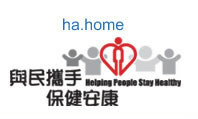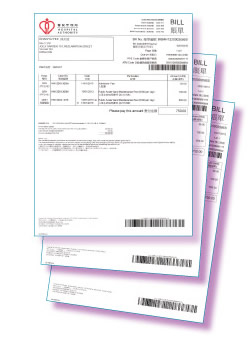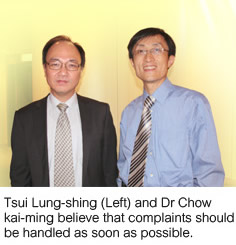


|
||||||||||
|
Greater Clarity: Charges in all hospitals and different specialties within the billing period are presented in one single bill for easy overview. Greater Ease: Payment can be made upon presentation of hospital bill or Hong Kong ID card. Information video and poster have been produced to highlight the key new features of the billing system. For more information, please visit:
www.ha.org.hk¡C
|
 |
|||||||||

|
||||||||||
|
The two believe that most complaints are due to dissatisfaction about our systems, the attitude of some of our frontline colleagues, or the procedures for handling medical issues. Dr Chow says, "Our colleagues should take the initiative to respond quickly to the patient and family members concerned before an issue develops into a complaint. Don't drag your feet, or else the misunderstanding will deepen." He uses paracetamol as a metaphor. "We should first resolve a patient's discomfort, then go on to remedy the cause of their physical and mental pain. And remember, it's important to heal the negative feelings of our colleagues as well, because they don't want to cause any problems either." Tsui Lung-shing explains the "three communication steps" method NTWC now uses. The first is to handle the emotion and find out what's going on; then think positively and avoid criticism; and finally state the issue clearly and resolve the problem. Hence, we first calm the patient's emotions, then find solutions, follow up quickly with the relevant departments, and discuss the matter with the patient and his or her family as soon as possible.
|
 |
|
||||||||
|
||||||||||
|
|
|
|
|
|
|
|||||

